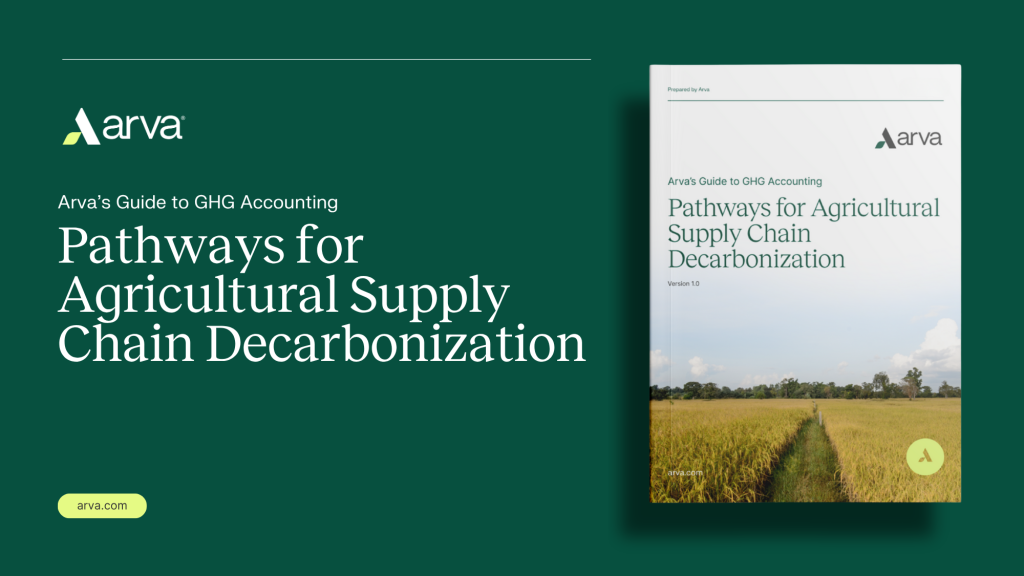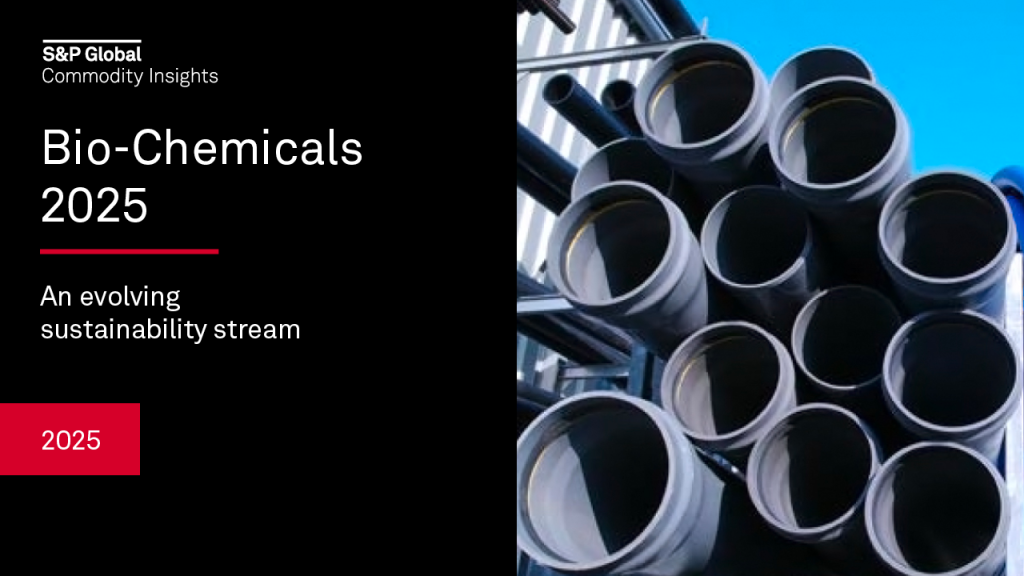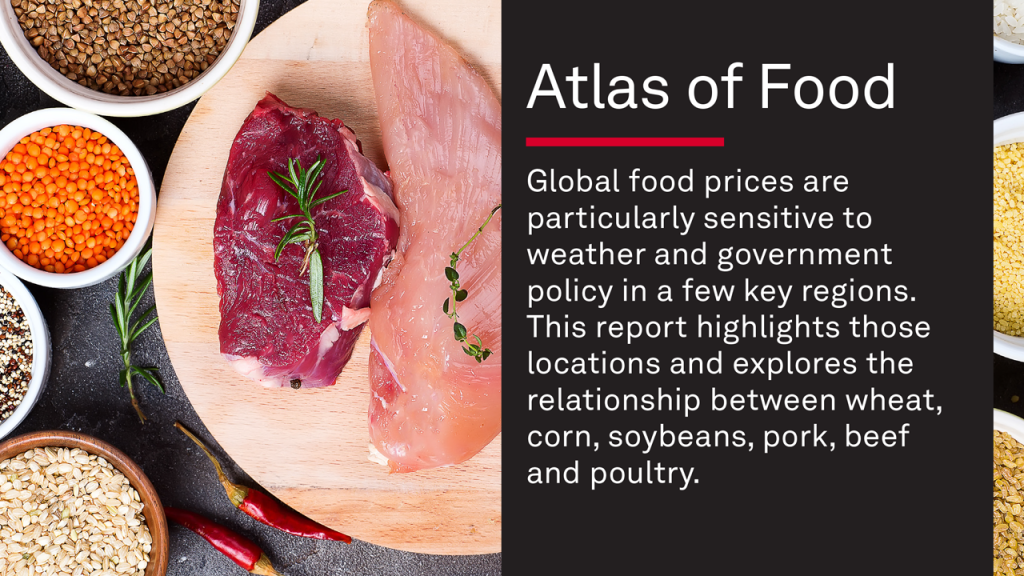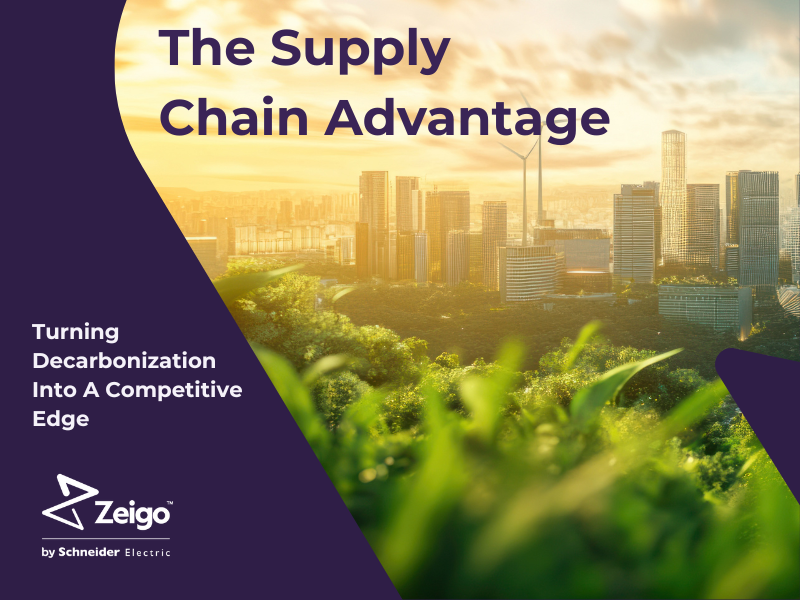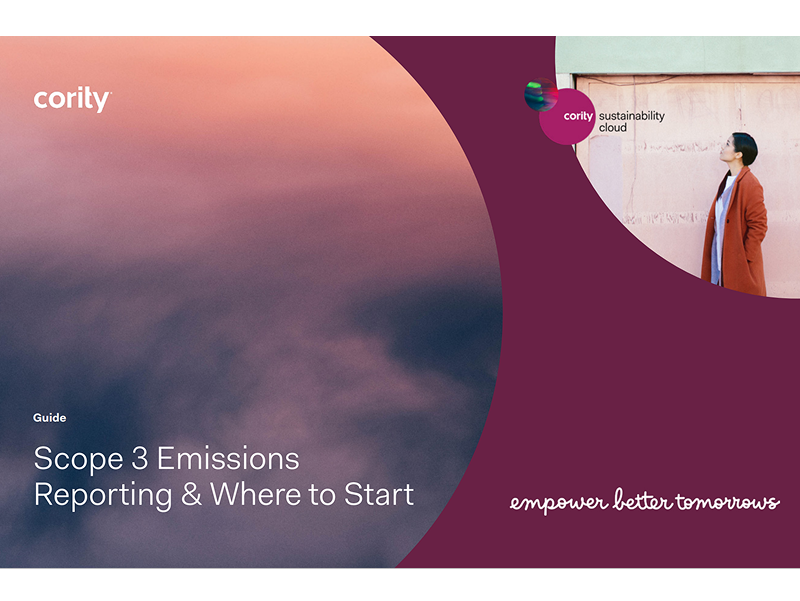How brands can use 8 types of consumer endings to boost circularity
Consumer product experiences don't have to end without emotion. Read More

- Companies spend so much time on telling the story of a product for consumers at the beginning of a relationship, but fail to recognized that the end of a product experience is an opportunity to add meaning as well.
- Understanding 8 distinct “ending types” allows product designers to move beyond cold, transactional transitions and create meaningful offboarding experiences.
- Doing so can inspire change in consumer behavior and boost corporate circularity goals.
The opinions expressed here by Trellis expert contributors are their own, not those of Trellis.
There have been great strides made in understanding the onboarding and usage phases of a consumer’s journey. Brands use marketing to create emotional connections and design products that are engaging and delightful to use.
However, companies haven’t dedicated enough time to thinking about the tailend of those consumer experiences. Once the consumer stops using a product — and before that product is recycled, upcycled or resold — people enter the “end gap”: a phase often devoid of emotion or meaning.
That end gap can be more than just a cold transition of materials and resources. It can be a place of emotional experience that becomes critical to successful circular business models. That’s because if brands design products with an understanding of how they will end emotionally, they can inspire a change in consumer behavior and add value and purpose to the offboarding experience.
To do this, we must first recognize the eight types of endings that consumers commonly experience.
8 types of consumer endings
Time Out: This is an ending defined by a fixed period. Examples include a 12-month magazine subscription, a two-week holiday or a product warranty that expires. This type of ending gives consumers clear expectations about longevity because there’s an agreed moment that provides a call to action and a reminder to return a product for recycling or trade-in.
Exhaustion / Credit Out: This occurs when a product or service is depleted of a specific numeric value or resource, such as a battery running out of power or a box of cereal becoming empty. This ending can be highly visible, encouraging the consumer to prepare for the next phase of a circular system. Product experiences can play on this visibility to encourage action at the end of product life.
Task / Event Completion: This ending takes place once a single, predefined task is complete. A disposable coffee cup has a simple task — to hold a beverage — but its single-use nature has a significant environmental impact. The simplicity of this ending has made disposability a scourge of consumerism. For circular businesses, this ending is a chance to add friction and responsibility to a previously frictionless, thoughtless act, encouraging proper disposal or reuse.
Broken / Withdrawal: This is an unplanned and often uncomfortable separation from a product or service, such as a product breaking due to poor manufacturing or a company going out of business. This type of ending is a moment of disappointment, but it’s also an opportunity for a brand to transform a negative situation into a positive one. Darn Tough socks, for example, call their warranty period “Unconditionally Guaranteed for Life,” giving them a reputation of honesty, extending a toughness challenge to the consumer and understanding that breakage happens. Although they honor around 30 of these claims a day — a small fraction of the roughly 13,500 pairs sold each day — their promise of quality holds true.
Lingering: A lingering ending is a relationship that has technically concluded due to a lack of use, but the product or service still exists in the consumer’s environment. Think of old phones in a drawer or certain clothes at the back of your closet. The problem for circular businesses here is the visibility of these items caught in product purgatory. Encouraging the consumer to bring back their old items is an important nudge to get them moving through the circular economy again. H&M’s Garment Collecting Program, for example, allows consumers to bring back items from any brand. In 2024, customers dropped off 17,000 tonnes of textiles, helping the business grow another phase in the circle of circularity.
Proximity: This ending results from a consumer moving out of a physical or service proximity. This could be as simple as changing from an Apple to an Android phone or as complex as a trade agreement that makes certain goods difficult to access. This type of ending creates a sense of exclusion and highlights the need for a circular economy to be platform-agnostic. For example, waste processing varies greatly across states. Making sure a product has enough contextual information is critical for maximizing collection. How2Recyle information has helped many consumers across the US with this type of ending, regardless of their location.
Cultural: A cultural ending happens when a consumer decides to leave a product or service because it’s perceived as being out of fashion or culturally unacceptable. An infamous example is Starbucks “straw-less lid,” where a new lid design promised to eliminate plastic straws. But later assessments found the new molded plastic lid contained more plastic than an old lid and a straw combined. Although Starbucks might’ve been trying to capture the cultural sustainability zeitgeist, it failed at both the product and persuasion, damaging the brand on all counts.
Competition: This ending occurs when a consumer leaves to start a new relationship with a competitor. This is the most talked-about ending in business and also the most common type of ending for consumers pursuing desirable products. This merry-go round is the essence of accelerating mass consumption. We need circular products that have stories that compete beyond — faster, better, bigger stories of normal consumption. For example, FairPhone tells a longevity and ethics story in their marketing alongside a technically competitive product story. This allows consumers to bond over issues of off-boarding at the start — a rarity in tech stories.
Using these categories to create better endings
Breaking down these ending types helps us better understand user experiences and emotions. Instead of letting a product’s end be a passive event, businesses can use the eight ending types as a framework to design a more meaningful offboarding experience. As their vocabulary and confidence builds, they will see what one works for them, even creating their own. A proactive approach to ending a product can help a company achieve several goals, including improving customer satisfaction, enhancing brand value and meeting ESG targets.
For instance, consider a company that sells reusable water bottles. The traditional primary ending for such a product might be Broken / Withdrawal (the bottle breaks and is discarded) or Lingering (it ends up at the back of a cupboard, unused). However, by proactively designing the end, the company could introduce a new primary ending. The company might offer a Task / Event Completion ending by creating a subscription service that provides a new bottle annually. As part of this service, the old bottle is returned to the company, where it’s refurbished or recycled. This reframes the ending from a negative, single-use event to a seamless and purposeful transaction for the consumer.
Another example could be running shoes. These usually have a Cultural Ending as a fashion item. But pairs could be sold as an Exhaustion / Credit Out ending. Many running shoes experience a performance drop-off over a certain distance as the midsole part – where the spongy foam is supporting and springing the runner along — fails. This type of ending discussion would appeal more to runners, who on average spend $354 on running shoes. If you sell running shoes and don’t do a Exhaustion / Credit Out ending for your customers, you are not aligning your product ending with your customer experience.
These intentional shifts benefit both the consumer and the business by creating a clear, actionable offboarding experience that aligns with circularity goals. It transforms the end from a point of loss into a moment of purpose, reinforcing the brand’s commitment to sustainability and strengthening the customer relationship.

Subscribe to Trellis Briefing
Featured Reports

